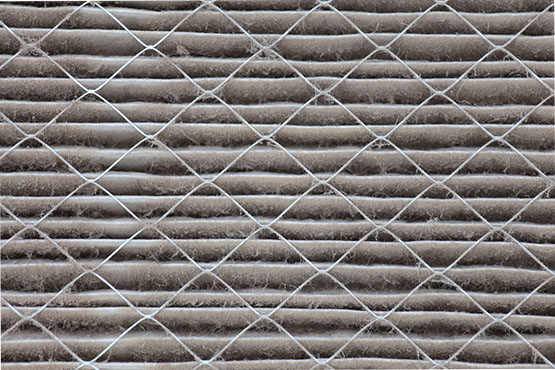Indoor air quality myths and facts
We have all become acutely aware of respiratory health over the last several months due to COVID-19. According to the United States Environmental Protection Agency (EPA), “Indoor Air Quality (IAQ) refers to the air quality within and around buildings and structures, especially as it relates to the health and comfort of building occupants.” The importance of pursuing optimal indoor air quality has taken on new significance; unfortunately, there is not a one-size-fits-all solution.
The American Society of Heating, Refrigerating and Air Conditioning Engineers (ASHRAE), a global society advancing human well-being through sustainable technology for the built environment, says that “Ventilation and filtration provided by heating, ventilating and air conditioning systems can reduce the airborne concentration of SARS-CoV-2 and thus the risk of transmission through the air, and that in general, disabling of heating, ventilating and air-conditioning systems is not a recommended measure to reduce the transmission of the virus.”
That is good news, as the summer heat and humidity are other health factors that affect our overall well-being.
Despite the fact that poor IAQ can affect the health of the occupants in any kind of enclosed space, there is conflicting information circulating the internet.
That said, three identifiable consistencies emerge when seeking to optimize IAQ. The first and most effective strategy to improve IAQ is to eliminate individual sources of pollution or to reduce their emissions. Examples include sealing off asbestos, adjusting gas stoves and fireplaces, etc. This strategy is often the most cost-effective approach. The second-most-effective strategy is increased ventilation. This approach lowers the concentration of indoor air pollutants by allowing outdoor air to come indoors. Most apartment home cooling and heating systems do not mechanically bring fresh air indoors. The use of kitchen and bathroom exhaust fans remove contaminants directly from the room where the fan is located and also improve the outdoor air ventilation rate. Because increasing ventilation can increase energy costs, one must be aware of the trade-offs.
Finally, keeping HVAC systems running optimally by changing filters and checking airducts is a strategy that is easier said than accomplished. This improves air quality when performed on a regular basis.
It is important to note that simply keeping rugs and carpets clean significantly impacts IAQ. And while over the past few years publicity suggests that houseplants improve air quality, there is currently no evidence that a reasonable number of houseplants remove significant quantities of pollutants in homes and offices.
No longer overlooked by most property owners and managers, as complementary to social distancing, improving the quality of indoor air will go a long way in improving health and overall well-being of users of their buildings. Check out the epa.gov and cpsc.gov websites for more information.
Wes Winterstein is an industry expert and independent consultant for WellVia
Historical perspective
- March 2024
- February 2023
- July 2022
- March 2022
- June 2021
- February 2021
- August 2020
- February 2020
- July 2019
- April 2019
- June 2018
- April 2018
- October 2017
- May 2017
- November 2016
- June 2016
- November 2015
- June 2015
- September 2014
- June 2014
- April 2014
- December 2013
- July 2013
- December 2012
- July 2012
- October 2011




